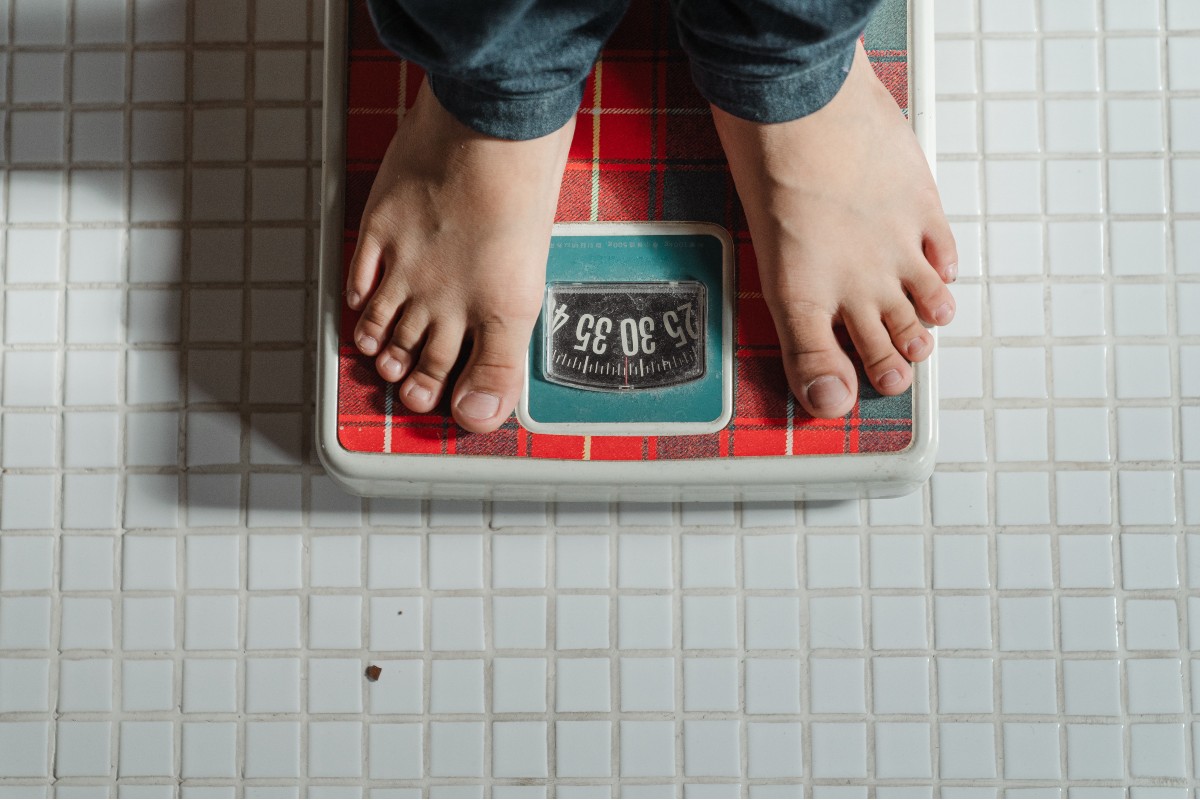We all have goals in life to better ourselves. These can be career goals, life achievement goals, or even health-related ones such as losing weight, giving up smoking and drinking, and improving our all-around fitness. High fitness levels are essential to good health and help complement nutritious eating and a healthy lifestyle.
The new year is a great time to wipe the slate clean and make a fresh start on fitness and health goals. You can also put one of your first goals into action once the festive season ends and January 2023 arrives.
Starting one fitness goal every month is a good way of sticking to the overall plan without feeling overwhelmed or placing too much stress on your body. Of course, it’s up to you to choose the
1. Lose 20 pounds
If you need to lose weight, then this is a great starting point for improving fitness because carrying excess weight can lead to extra stress on the joints and heart. It can also increase your chances of developing type 2 diabetes and even heart disease.
Setting a target for how much weight you want to lose gives you something to aim for. If you select a target of 20 pounds, you can also set a timeframe for losing this amount. Realistic targets are best; don’t give yourself too little time to hit a weight loss target because this usually ends in failure.
Successfully losing weight means implementing lifestyle changes. The basic ones include getting at least eight hours of sleep every night. Drinking enough water to stay hydrated and completely overhauling your daily diet are usually needed as well.
One of the easiest ways to get started is by removing junk food from your diet and increasing the number of fruits and vegetables you consume daily. Foods such as white bread, white rice, potato chips, cakes, biscuits, and sugary drinks offer little or no nutrition but are packed full of calories. These foods must slowly be removed from the diet if you are serious about losing weight. You can also try including more lean meat, fish, whole grains, nuts, and seeds in your diet to provide essential vitamins and minerals without overloading the body with calories.
A calorie-deficit diet can also help. This is where you burn more calories than you consume. While you don’t have to exercise to be in a caloric deficit, increasing your physical activity is certainly helpful. Regular exercise can include running, walking, or maintaining a gym routine.
2. Become more flexible
Increasing the flexibility in your joints can help you with your exercise sessions. The more pliant your joints are, the less likely you’ll be to suffer from pain and stiffness after exercise. Recovery times between each period of physical activity are also shortened.
To prevent muscle and joint stiffness, do some simple stretching exercises every day to warm up before hitting the gym or running.
If you want to improve flexibility in the spine and the body in general, then yoga can help. Try attending yoga classes or watching instructional videos in the comfort of your own home.

3. Gain 10 pounds of muscle
When you change your diet and increase your physical activity, you will start to burn calories and body fat. If you want to increase your muscle mass by a further 10 pounds, then you can delve into the realms of weight training and putting yourself in a caloric surplus.
Keep in mind that this doesn’t require you to start bench-pressing huge amounts of weight straight away. Instead, you only need to add some regular weight-bearing exercises to your gym sessions and focus on progressive overload over time to get consistent results and prevent injury.
This, along with counting those calories, eating healthily, staying hydrated, and getting adequate sleep, will help build and tone the muscles in the body. You could even increase the amount of protein in your diet by eating more lean meat, chicken, and fish. Aim for at least one gram of protein per pound you weigh.
4. Run a marathon
The ultimate test of fitness is long-distance running. Running a marathon takes many months of preparation and should be the final test of your increased
If you want to run a marathon and put your new and improved body to the test, you’ll need to undergo months of dedicated training. A training schedule is usually based on gradually increasing the distance you can run weekly and then month by month. Half-marathons are the safest option unless you have completed numerous long-distance running training sessions.
You can run outdoors in different weather conditions, and you can also use treadmills to train and build endurance.
You may want to increase your complex carb intake while training for and running a marathon. This will help boost energy reserves, so foods such as oatmeal, brown rice, and sweet potatoes will help fight fatigue.
Don’t forget to get plenty of rest between training sessions, and always stay hydrated!
5. Get a six-pack
All the above goals will eventually have a drastic effect on lowering your body fat percentage. High percentage scores come with an increased risk of suffering a stroke or developing type 2 diabetes, hypertension, and even heart disease, so it’s a good idea to replace body fat with muscle. This could naturally occur at your core, resulting in the appearance of a so-called six-pack.
The appearance of your abdominals is an excellent indicator that you are smashing your goals and losing weight. It can also be proof that good nutrition, which is the most important aspect of healthy living, is having the desired effect on your body.
Essentially, in order to get a six-pack, you just need to be in a caloric deficit through both your exercise regimen and eating habits to burn the fat on your stomach and let your abdominals show through.
If you would like, you can also include extra abdominal exercises in your exercise regimen if you want to bulk your abs up further, but this is not necessary to achieve the look.
Final Thoughts
Barring certain medical conditions that can complicate matters, just about anyone can boost their fitness; you just need some willpower to see the changes required to live a healthy life. These should be implemented slowly across a set period of time. Setting individual goals for yourself throughout the year is more likely to help you succeed than trying to achieve peak







